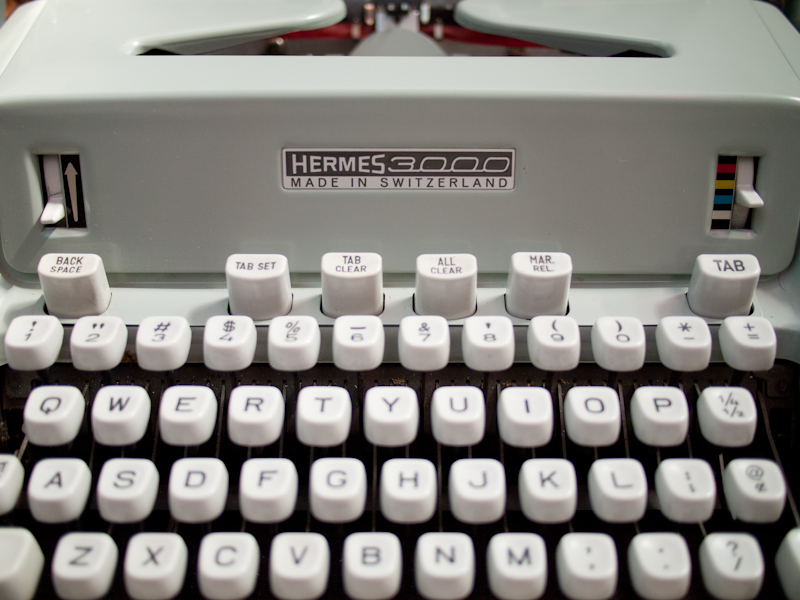Lamy Safari
Ink Cartridge
Converter
With all of the hubbub around being more green in the 21st century (and when you live in San Francisco, that’s a lot of hubbub), I’m surprised there isn’t more talk about fountain pens. They’re every environmentalist’s dream! Durable and long-lasting, they reduce waste because you don’t throw them away - you just refill them from a bottle of ink. You can use the same pen for years, and depending on how much you write, one bottle of ink can last just as long.
Enter the German company Lamy. Lamy is by far my favorite fountain pen company. As you might imagine, being a vestige of a bygone era, many fountain pen companies make pens that are stodgy, or are so fancy/flashy that you’d be afraid to use them every day. Lamy is different in that their pens are distinctively more modern, simple, and utilitarian in design. They seem to draw from Bauhaus design philosophy - form follows function. Though utilitarian, their pens still manage an understated elegance.
When I first entered the world of fountain pens, I started with a yellow Lamy Safari ($25 street) at the bottom of Lamy’s product line. With a body of ABS plastic and a stainless-steel nib (that’s the part that writes), the thing is virtually indestructible. It writes fairly smoothly, and because the nib is rather stiff, it even writes well on carbon-copy forms - something that can be a challenge with fountain pens. It can take both ink cartridges and a converter. Ink cartridges are pre-filled tubes that you pop into the pen and discard when empty (less environmentally friendly). Converters on the other hand, are essentially reusable cartridges with a twist-actuated plunger. Pop it into the pen, dip the nib into a bottle of ink, and twist the converter to suck in ink - repeat when pen runs dry. Pretty nifty.
After being fully converted to fountain pens, I was curious to see what the top of Lamy’s product line had to offer. Enter the Lamy 2000 ($90 street) - Lamy’s flagship product since 1966. Its body is constructed of stainless-steel and a proprietary fiberglass called Makrolon, and its nib is platinum coated 14K gold. While made from higher-end materials, it’s still a very sturdy pen - I’m not afraid to use this pen every day. Where it excels compared to the Safari is how it writes - like butter! One of the first things you notice when you start using fountain pens is how little, if any pressure you need to apply while writing. To write, the nib just has to lightly graze the paper. With the 2000, this is much more pronounced - writing becomes more akin to painting. Another thing I appreciate about the 2000 is the fiberglass body. It’s brushed in such a way as to make it appear like it’s made from a dark wood, and is already developing a very nice patina.
Being a piston pen, you can only fill the 2000 from an ink bottle. This means that it has a built-in piston, and the ink is stored in its body (vs. a converter) - you twist a blind cap on the pen to move the piston. Compared to a converter or cartridge, it holds much more ink. With the daily writing needs of a student, I found myself filling the Safari weekly, but with the 2000, I could easily get away with filling it every few weeks.
The next time you’re trading secrets on how to be more green, consider bringing up these stalwart throwbacks. :)












